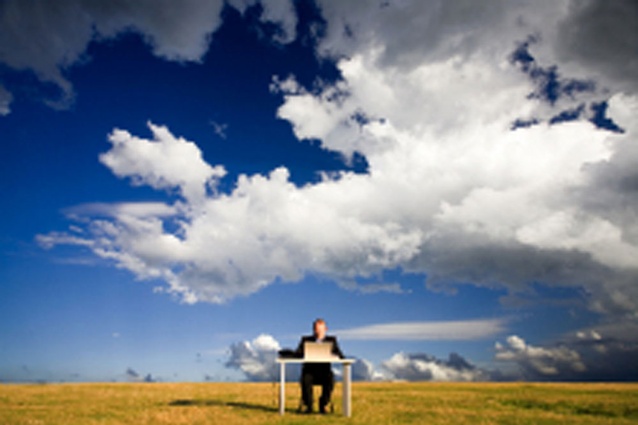Workplace revolution
New Zealand business leaders and government need to develop more efficient and flexible terms for commercial leases.
As we head into the second decade of the 21st century, it is becoming clear that the places where we work are undergoing a dramatic change. Trends in technology and work cultures are turning our traditional concepts of offices, shops and industries on their head. We work from home, shop online and robots build our cars, so these work places are undergoing a significant revolution.
It amazes me to think that many of the designs we still use for these workspaces today are based on concepts dating back to the 19th century. And really, they no longer cut the mustard. I delved into the ubiquitous Wikipedia to check out the origins of the word ‘office’. And naturally, it dates back to a pre-industrial time and comes from the Latin word: officium. But as even quick desktop research can tend to do, my browsing led to some startling revelations. The original office in Roman times was as much a ‘mobile bureau’ as a fixed place of work for travelling officials and magistrates. Offices were also traditionally places where scrolls were kept in a palace.
So what should a 21st century office look like? We know that technology is enabling us to be increasingly mobile, and that the concept of sitting at a desk eight hours a day for an increasing number of roles is totally irrelevant, and often unproductive. Likewise, we are starting to learn more and more about high-performing teams, and recognising that the environments we create for work can significantly impact on performance.
In New Zealand, there is more than just a little ‘wriggle room’ to lift our performance when it comes to workplace design; not only in terms of how we fit out a building, but equally in the way that we manage the financial conditions and terms surrounding how we lease or own commercial property. It is also interesting to consider how we might approach developing new places of work if we had a blank canvas. I have worked with several businesses struggling with the aftermath of the Christchurch earthquakes. These disasters have triggered some radical thinking about future places of work, that may see the CBD of that devastated city have a completely dfferent look and feel in the future.
I run a company, Parallel Directions, that has worked alongside businesses and organisations strategising solutions to workplace needs for more than 20 years. My experience shows that we frequently take a default position when it comes to commercial property. We accept the status quo, consider we are simply a victim to market conditions, and accept less than optimum workplace environments and terms and conditions for leases and ownership. There is a distinct lack of creative thinking or initiative that, if followed, can not only lead to optimal workplaces with highly engaged productive employees, but can also save significant costs.
This year, we carried out a survey of 140 individuals responsible for property decisions in a wide range of New Zealand businesses and organisations. We found the data supported our assumption that there is a significant opportunity to improve our performance across the board in developing property strategies to leverage businesses in this country. We also found that we are lagging behind the rest of the world when it comes to taking up ‘sustainable’ building design, that is now internationally recognised as a ‘must have’ rather than a ‘nice to have’. The sustainable buildings are not only reducing impacts on the environment, but providing better places to work in that impact on staff well-being and efficiency.
My challenge to New Zealand business leaders and government is to build on that age-old concept of Kiwi ingenuity and pioneer new ways of thinking about the places we work, how we share space, how we optimise space, and how we think of more e cient and flexible terms for leasing space, to allow for rapidly adapting and evolving work activities. I have personally long felt there is an untapped opportunity here and have experienced a number of instances where creative thinking about property leasing and location has saved my clients hundreds of thousands of dollars, and boosted their business growth and development.
We are indeed in the midst of a workplace revolution.










